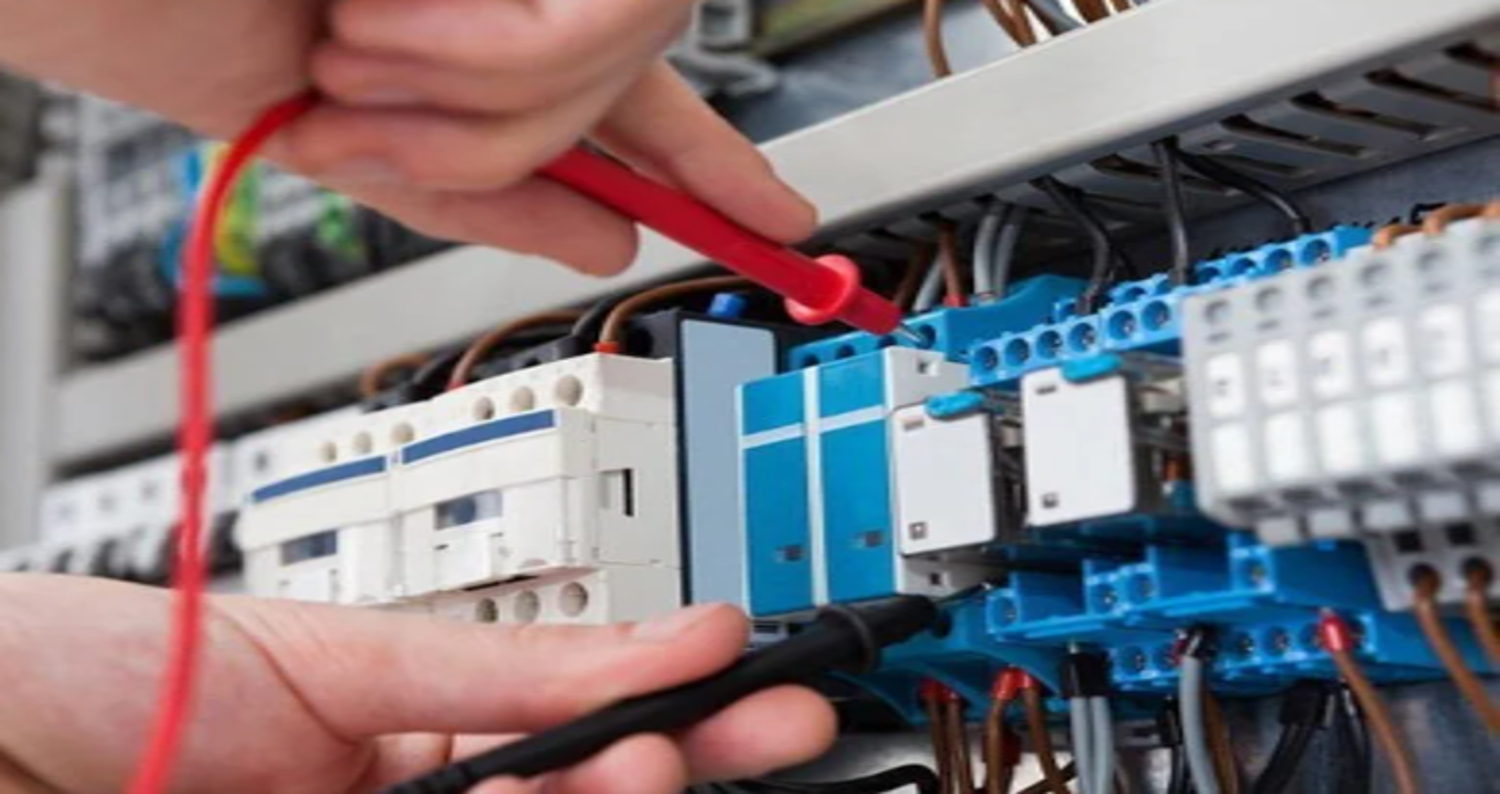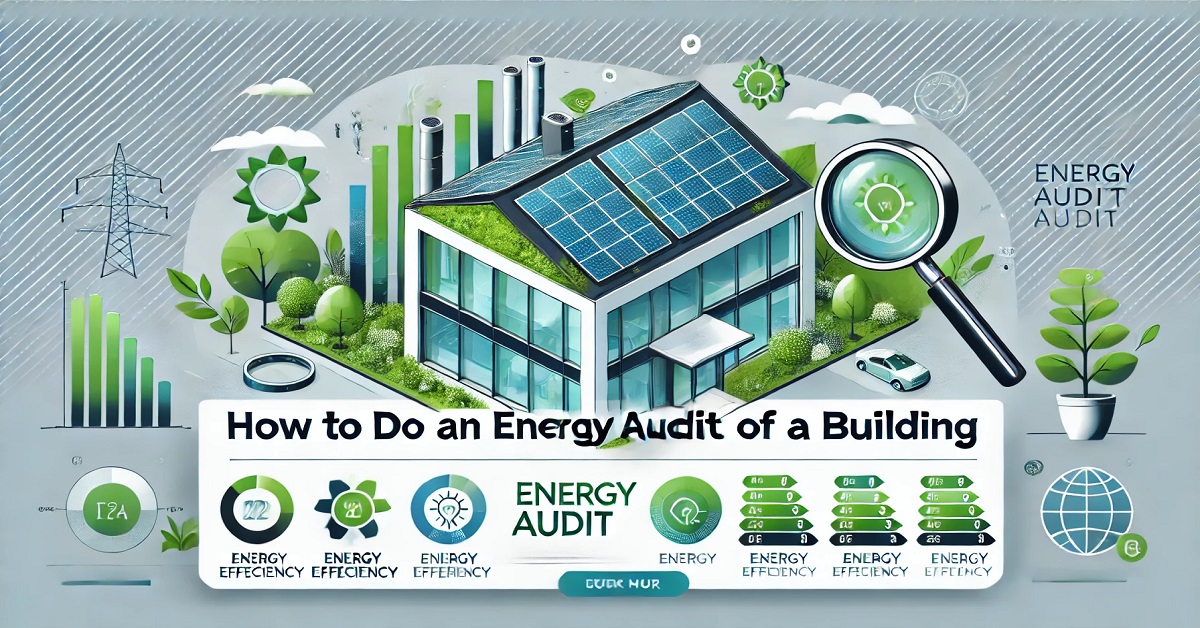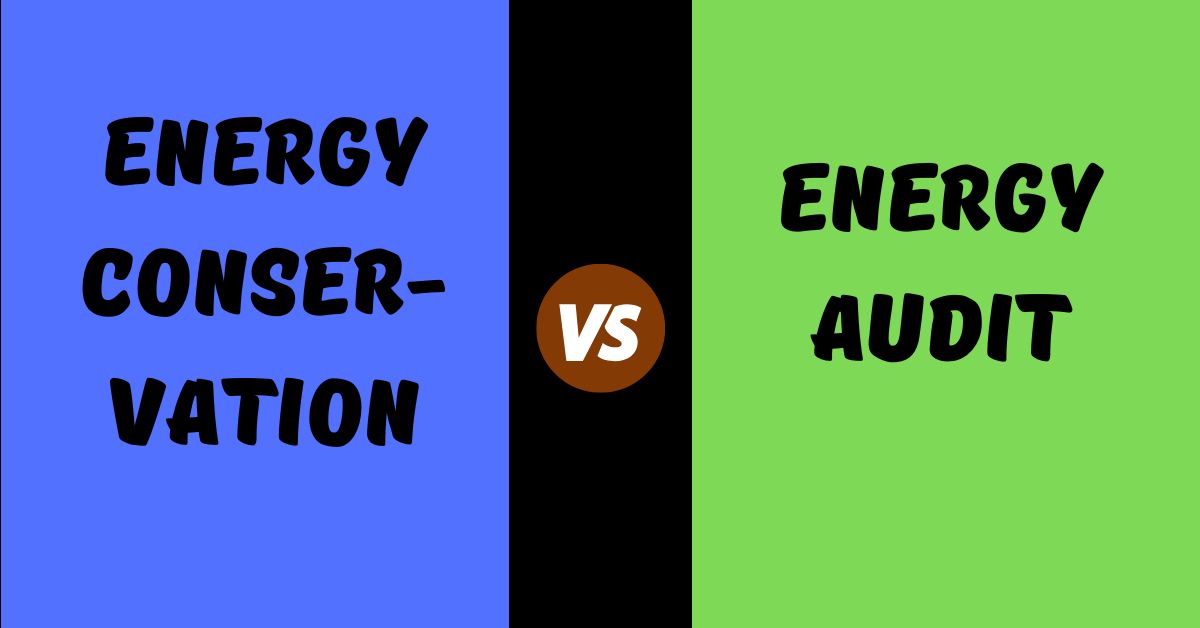
Conducting an electrical system audit is important for confirming the safety, efficiency, and longevity of electrical infrastructure in residential and commercial settings as well. It aids in identifying potential issues, ensures compliance with safety standards, and can cause cost savings by developing energy efficiency. This guide will walk you through the critical steps participating in auditing an electrical system, highlighting why it’s crucial and how to do it effectively.
What is an Electrical System Audit?
An electrical system audit is a thorough inspection and analysis of an electrical installation or system to determine its performance, safety, and compliance with regulations. The primary goal is to find out hazards, inefficiencies, and areas where the system can be optimized for energy use. These audits are typically performed by qualified professionals like electrical engineers, safety officers, or certified electricians.
Why is an Electrical Audit Important?
- Safety: Electrical hazards like exposed wires, faulty connections, and overloading can cause fires, shocks, or equipment failure.
- Compliance: Regular audits confirm that your electrical system complies with local and national regulations like the National Electrical Code (NEC) or other standards.
- Energy Efficiency: Audits can disclose areas where energy is being wasted, allowing for corrective measures that lower electricity bills.
- Preventive Maintenance: Identifying issues early can prevent costly repairs or replacements in the future.
Steps to Audit an Electrical System
1. Preparation and Documentation
Collecting all relevant documentation such as electrical drawings, system layouts, load data, and any previous inspection reports is urgent before beginning the audit . Understanding the design and structure of the electrical system is crucial for a thorough audit.
Key Documents to Collect:
- Single-line diagrams
- Electrical load analysis reports
- Maintenance records
- Electrical codes and safety standards
2. Visual Inspection
Start by visually inspecting the electrical system. This includes checking cables, switchgear, transformers, circuit breakers, and panel boards. Focus on signs of damage such as:
- Corrosion or wear on cables and connectors
- Discoloration or burn marks, which may indicate overheating
- Improper wiring or loose connections
- Exposed conductors or damaged insulation
Also, appraise the general condition of electrical enclosures and access points to ensure they are properly sealed and secure.
3. Load Analysis
Check the current load on the electrical system. An overloaded system can cause inefficiency, overheating, and potential system failures. Conduct a load analysis to confirm that the equipment and systems are operating within their design limits.
Tools for Load Analysis:
- Power meters and data loggers
- Thermal cameras to detect hotspots
- Voltage and current measuring devices
A detailed load analysis can highlight any areas where equipment is under strain or where the system may need upgrades or redistribution of load.
4. Power Quality Assessment
Poor power quality can cause equipment malfunctions, enhanced energy consumption, and operational inefficiencies. Evaluate key factors such as:
- Voltage stability
- Harmonics
- Frequency variations
- Power factor
Use specialized equipment to calculate these variables and ensure they are within acceptable limits for the proper functioning of your electrical system.
5. Safety Audit
Safety is a crucial element of any electrical audit. Ensure that all systems adhere to safety standards such as the NEC or Occupational Safety and Health Administration (OSHA) regulations. Check for:
- Proper grounding and bonding
- Availability of safety signage
- Functionality of emergency shutdown systems
- Adequacy of personal protective equipment (PPE) for operators
Any safety hazards identified during this phase must be addressed immediately to prevent accidents or injuries.
6. Maintenance Evaluation
Review the system’s maintenance history . Preventive maintenance schedules should be continued regularly to keep the system in optimal working condition. Look at:
- Frequency of equipment testing
- Past repairs and replacements
- Whether components have been upgraded as required
- Routine cleaning and servicing records
Neglected maintenance can lead to system failures and potential safety hazards.
7. Energy Efficiency Audit
As energy costs continue to be high, it’s essential to assess the efficiency of your electrical system. Analyze:
- Lighting systems, which may be upgraded to energy-efficient LEDs
- HVAC systems to ensure they are not consuming excessive energy
- Motors and other mechanical systems that may benefit from variable frequency drives (VFDs)
Consider implementing energy management systems or automation technologies that can optimize energy usage and minimize costs.
8. Report and Recommendations
Once the audit is complete, compile a comprehensive report detailing your findings. This report should include:
- Areas of non-compliance
- Identified safety hazards
- Opportunities for improving energy efficiency
- Recommended upgrades or replacements
- A timeline for corrective actions
Prioritize any immediate safety concerns and provide detailed recommendations for optimizing the system.
Final Thoughts
Regular electrical system audits are crucial for regulating safety, conforming regulatory compliance, and developing efficiency. By following these steps, you can figure out issues before they become major problems and create a plan for upgrading or maintaining your electrical infrastructure. For complex systems, it’s best to hire a certified and experienced electrical auditor to execute the inspection, especially if you’re managing large commercial or industrial facilities.
Investing in an electrical audit today could save you from costly repairs, system failures, and unnecessary energy expenses down the road.
continue reading
Related Posts
Energy management plays an integrated role in sustainable energy and […]
An energy audit is a structured methodology that analyzes the […]



